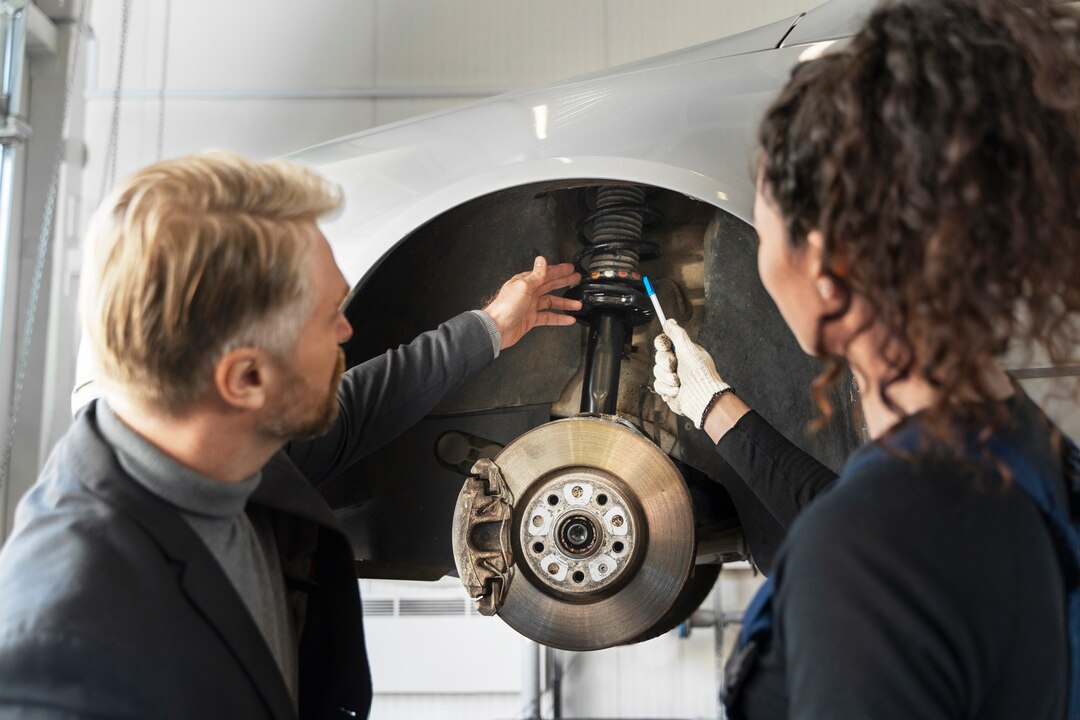Shock absorbers, often referred to simply as “shocks,” are an integral part of a car’s suspension system, responsible for smoothing out the bumps and vibrations encountered while driving. These essential components ensure a comfortable ride, improved handling, and enhanced safety on the road. However, not all shock absorbers are created equal. There are several different types, each designed to meet specific performance requirements and driving conditions. Let’s explore some of the most common types of car shock absorbers:
1. Hydraulic Shock Absorbers:
Hydraulic shock absorbers are the most traditional and widely used type of shock absorbers. They operate on the principle of fluid displacement, with hydraulic fluid being forced through small openings or valves to dampen the motion of the suspension. These shocks provide a smooth and comfortable ride, making them suitable for everyday driving conditions.
2. Gas-Charged Shock Absorbers:
Gas-charged shock absorbers, also known as gas shocks or gas struts, contain a small amount of compressed nitrogen gas in addition to hydraulic fluid. The presence of gas helps prevent foaming and cavitation of the hydraulic fluid, resulting in improved damping performance and better handling, particularly during heavy braking or cornering.
3. Mono-Tube Shock Absorbers:
Mono-tube shock absorbers feature a single cylinder design, with the piston and hydraulic fluid housed within a single tube. This design allows for more efficient heat dissipation and better resistance to fade during prolonged or aggressive driving. Mono-tube shocks are often used in high-performance and racing applications.
4. Twin-Tube Shock Absorbers:
Twin-tube shock absorbers consist of two concentric tubes—an inner working tube containing the piston and hydraulic fluid, and an outer reserve tube that serves as a reservoir for excess fluid. This design provides improved durability and heat dissipation, making twin-tube shocks suitable for a wide range of driving conditions.
5. Electronic Shock Absorbers:
Electronic shock absorbers, also known as adaptive or variable shocks, use sensors and electronic control systems to adjust damping rates in real-time based on driving conditions. These shocks can automatically adapt to changes in road surface, vehicle speed, and driver inputs, providing optimal comfort and handling in any situation.
6. Air Shock Absorbers:
Air shock absorbers utilize compressed air instead of hydraulic fluid to provide damping force. These shocks are adjustable, allowing drivers to manually or electronically control the air pressure to fine-tune the ride height, stiffness, and overall performance of the suspension. Air shocks are commonly found in luxury vehicles, SUVs, and trucks.
7. Coilover Shock Absorbers:
Coilover shock absorbers combine a shock absorber with a coil spring in a single unit. This integrated design allows for precise adjustment of ride height and suspension stiffness, making coilovers popular among performance enthusiasts and motorsport competitors. Coilovers are often used in conjunction with adjustable damping systems for maximum versatility.
8. Passive vs. Active Shock Absorbers:
Shock absorbers can be classified as either passive or active, depending on their damping characteristics. Passive shocks provide a fixed level of damping based on their design and construction, while active shocks can adjust damping rates dynamically in response to changing driving conditions.
Each type of shock absorber offers unique benefits and performance characteristics, catering to different driving preferences, vehicle types, and road conditions. Whether you’re seeking a smooth and comfortable ride for everyday commuting or a high-performance suspension setup for spirited driving, there’s a shock absorber to suit your needs. Understanding the various types of car shock absorbers can help you make informed decisions when it comes to maintaining, upgrading, or replacing your vehicle’s suspension system.











